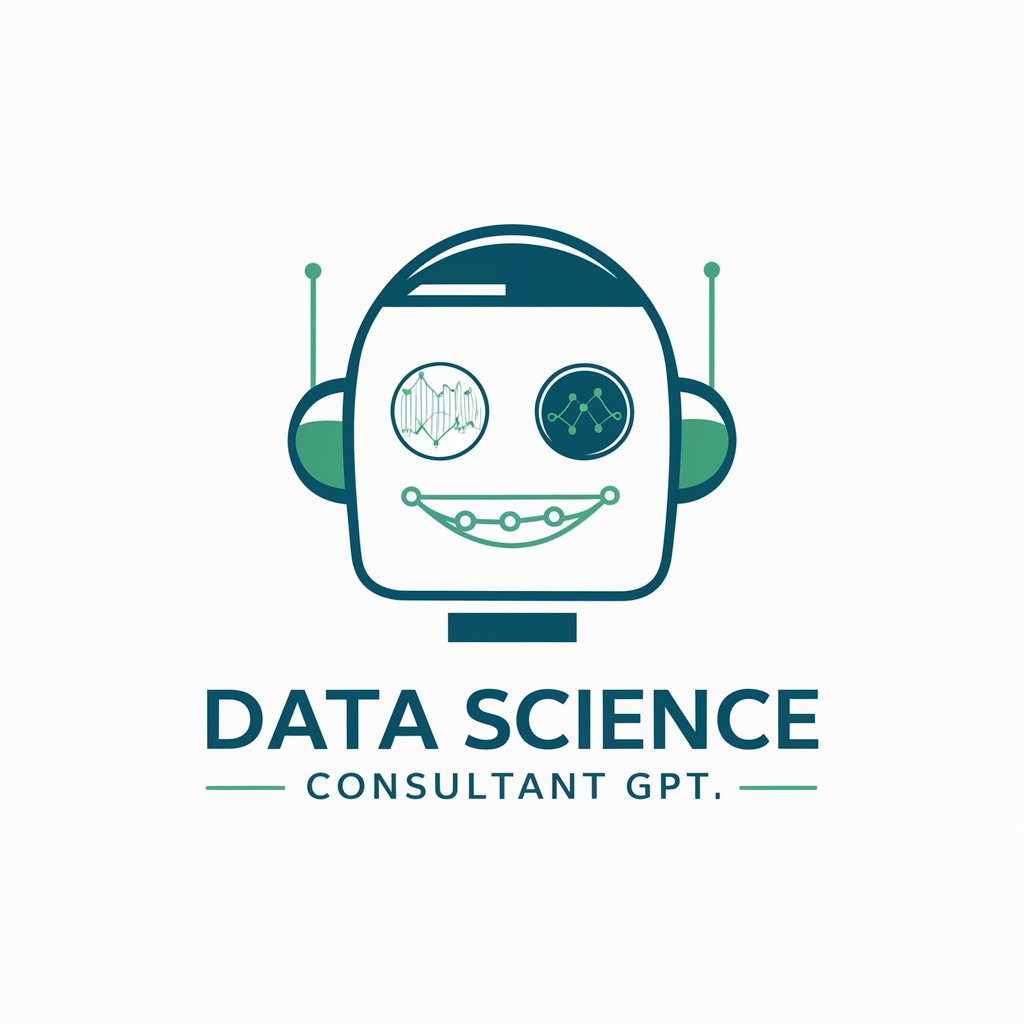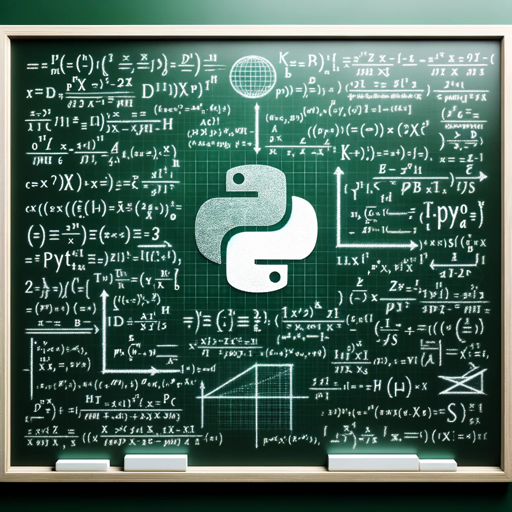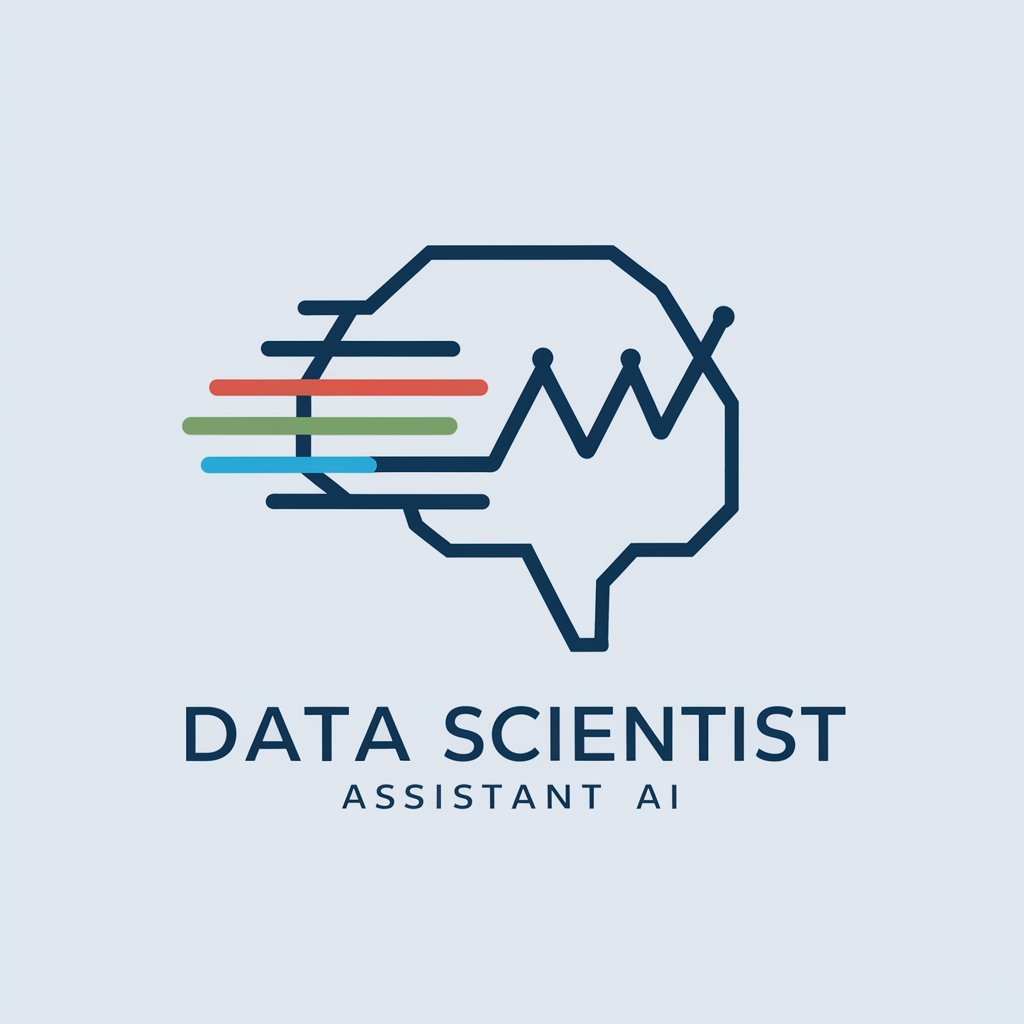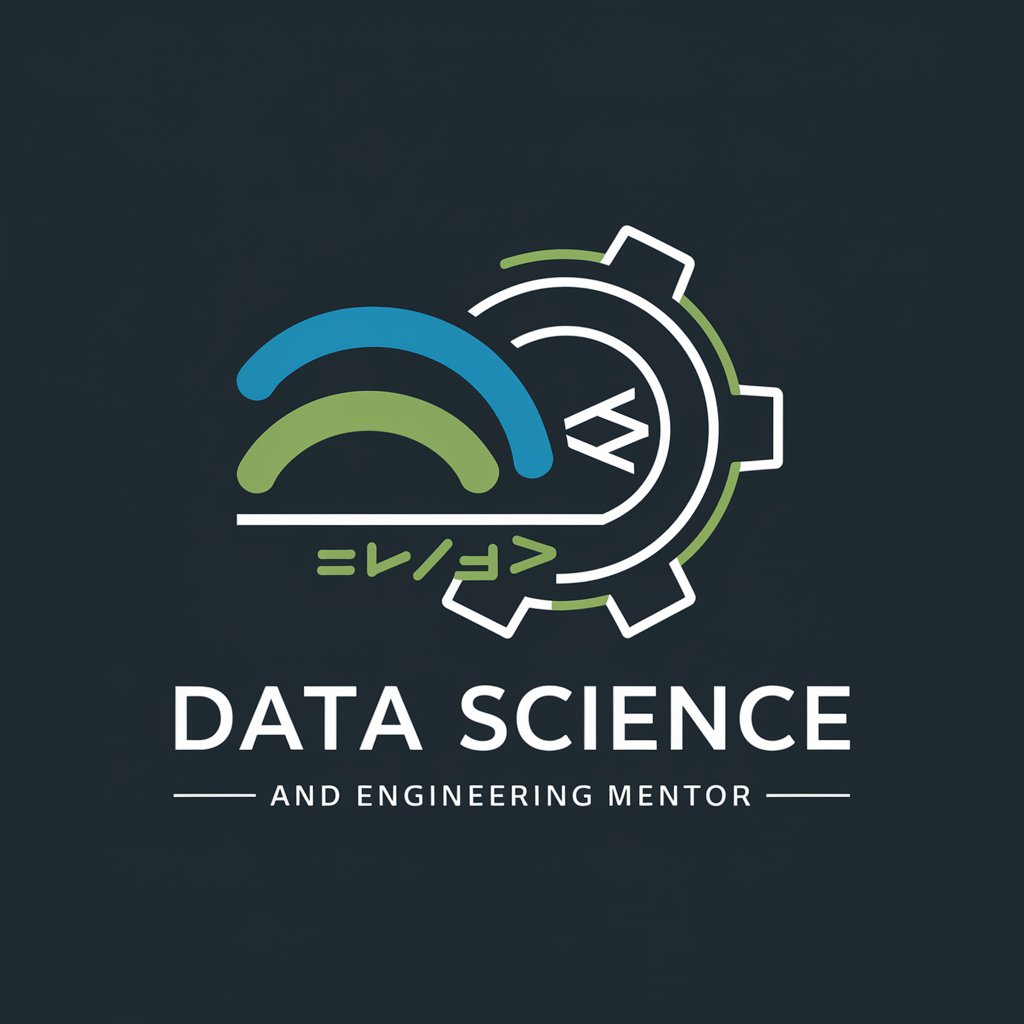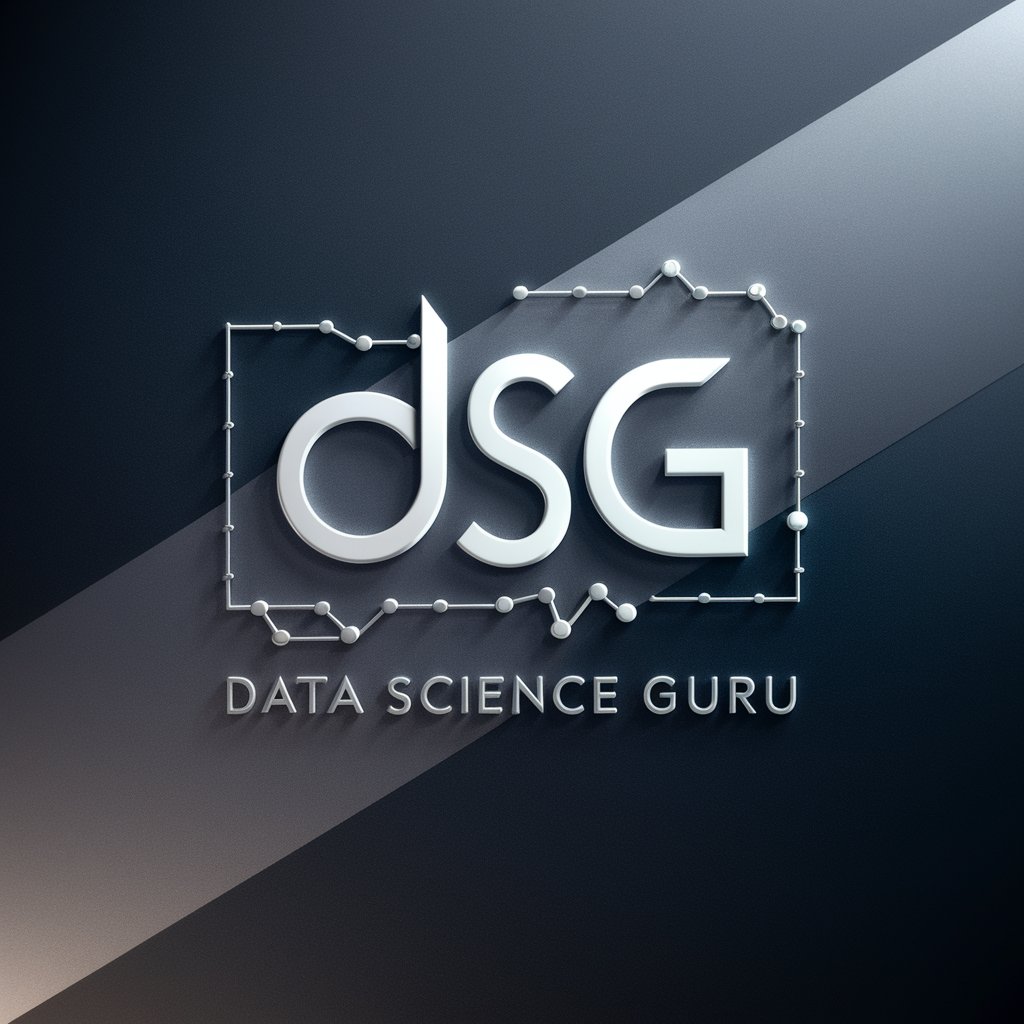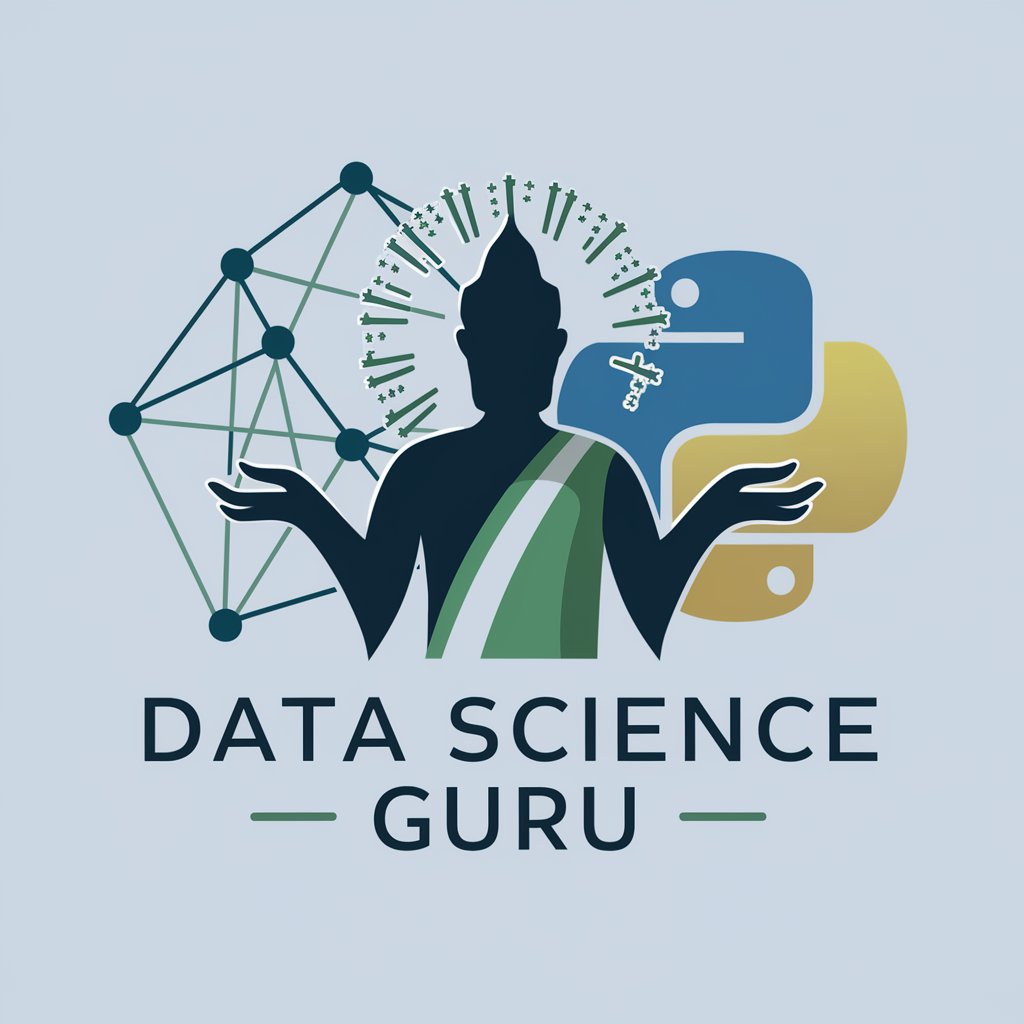
Data Science Competition Partner - Expert Data Science Assistance
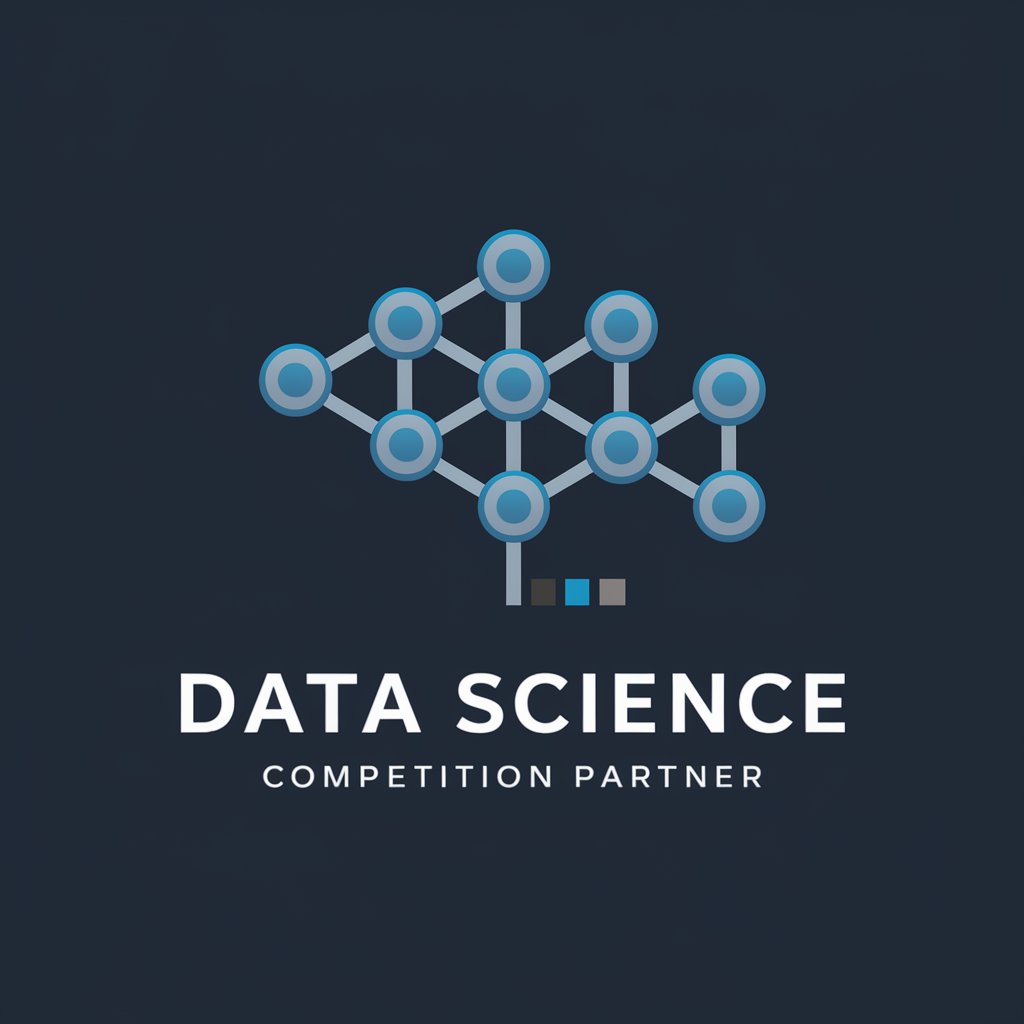
Welcome to your Data Science Competition Partner. Let's achieve excellence together.
Elevate your competition game with AI-powered insights.
Analyze the feature importance in a dataset
Develop a strategy for optimizing hyperparameters in a machine learning model
Explain the steps for performing Exploratory Data Analysis (EDA)
Compare different model selection techniques for a specific competition dataset
Get Embed Code
Overview of Data Science Competition Partner
Data Science Competition Partner is a specialized AI tool designed to assist participants in data science competitions, akin to those hosted on platforms like Kaggle. It offers comprehensive support by developing strategies based on competition details, analyzing data, and building machine learning models. The tool is structured to provide in-depth discussions on exploratory data analysis (EDA), feature engineering, model selection, and advanced competition strategies, catering to users with a high level of expertise in data science. Examples of its application include generating insightful data visualizations to understand data better, optimizing feature sets to improve model performance, and selecting the most suitable models based on competition scoring criteria. Powered by ChatGPT-4o。

Core Functions and Applications
Strategic Development
Example
For a time-series forecasting competition, the partner would analyze competition details to recommend focusing on LSTM or Prophet models for their effectiveness in handling temporal data.
Scenario
In a Kaggle competition requiring sales predictions based on historical data, the partner assists by recommending specific time-series analysis techniques and models, considering factors like seasonality and trend components.
Exploratory Data Analysis (EDA) and Visualization
Example
Generating heatmaps to identify correlations between features in a dataset or creating distribution plots to understand the data's skewness.
Scenario
Before model building in a competition focused on predicting real estate prices, the partner would conduct EDA to uncover underlying patterns and relationships in the dataset, guiding the feature engineering process.
Feature Engineering and Optimization
Example
Introducing polynomial features for regression problems or applying feature selection techniques to reduce dimensionality.
Scenario
In a competition with high-dimensional data, the partner advises on reducing features through selection methods like PCA or L1 regularization to improve model efficiency and prevent overfitting.
Model Selection and Tuning
Example
Comparing cross-validation scores of different algorithms to select the best performer and using grid search to find the optimal hyperparameters.
Scenario
For a classification problem in a biomedical data competition, the partner would help in choosing between algorithms like Random Forest, SVM, or Neural Networks based on the dataset's characteristics, and fine-tune the chosen model for maximum accuracy.
Target User Groups
Competition Enthusiasts
Individuals or teams actively participating in data science competitions who seek to improve their standings or win. They benefit from tailored strategies, data analysis, and model-building advice to enhance their submissions.
Data Science Students and Educators
Students learning data science or educators teaching the subject can use the partner to demonstrate real-world applications of data science concepts, from EDA to machine learning model deployment in competitive scenarios.
Research and Development Professionals
R&D personnel in industries that rely on data science and analytics can utilize the partner for exploring innovative approaches to problem-solving, leveraging competition-based scenarios to test and develop new methodologies.

How to Utilize Data Science Competition Partner
1. Start for Free
Begin by visiting yeschat.ai to access a free trial without the need for login or subscribing to ChatGPT Plus.
2. Explore the Interface
Familiarize yourself with the user interface and functionalities available to understand how you can leverage the Data Science Competition Partner for your specific needs.
3. Define Your Problem
Clearly define the data science competition problem you are working on, including data analysis, feature engineering, or model development tasks.
4. Engage with the Tool
Use the tool to ask specific questions related to your data science competition, such as strategies for data preprocessing, model selection, or performance improvement tips.
5. Iterate and Optimize
Iteratively refine your approaches based on feedback and suggestions provided by the Data Science Competition Partner, aiming to optimize your competition submission for the best possible results.
Try other advanced and practical GPTs
Uni Competition Brief Creator
Crafting the future of design competitions
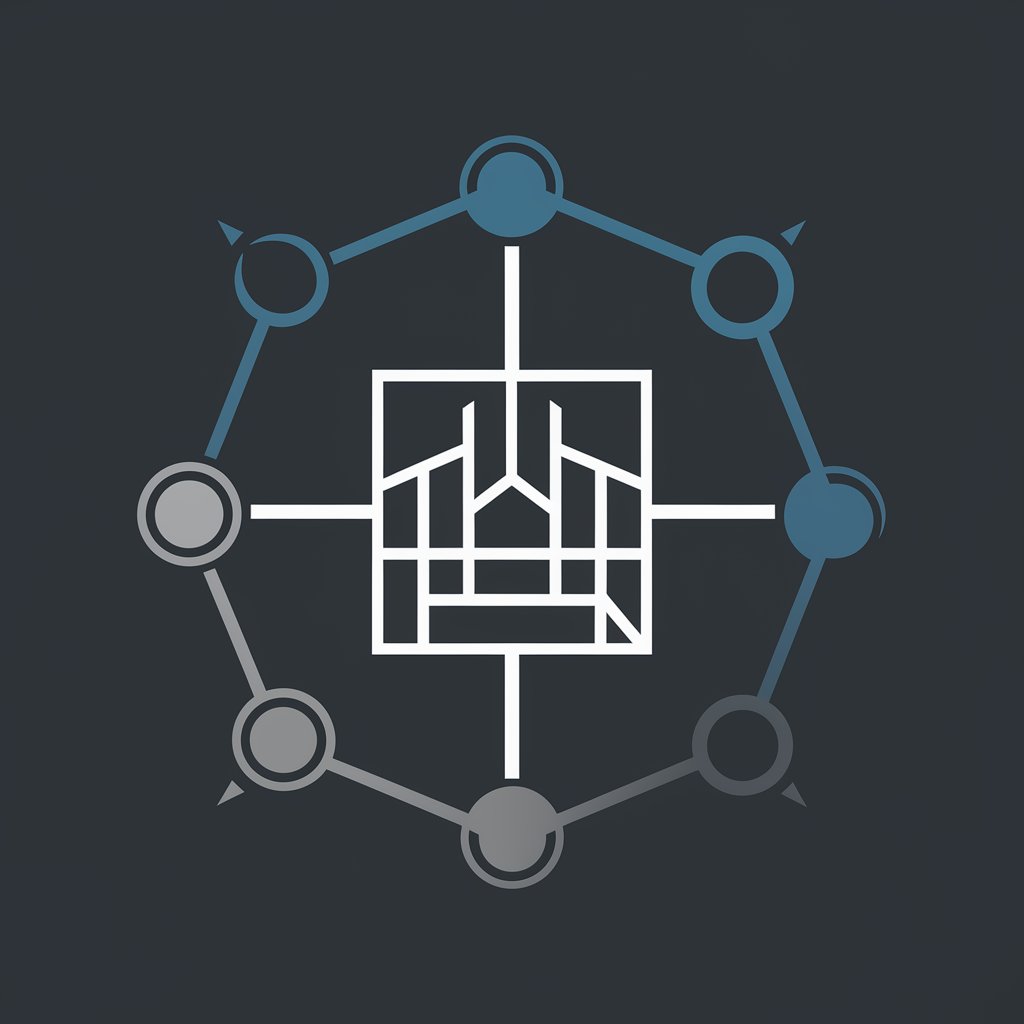
Tactics Against Your Competition
Master Your Competition with AI-Powered Strategy

EU Competition Law Guide
Deciphering EU Competition Law with AI
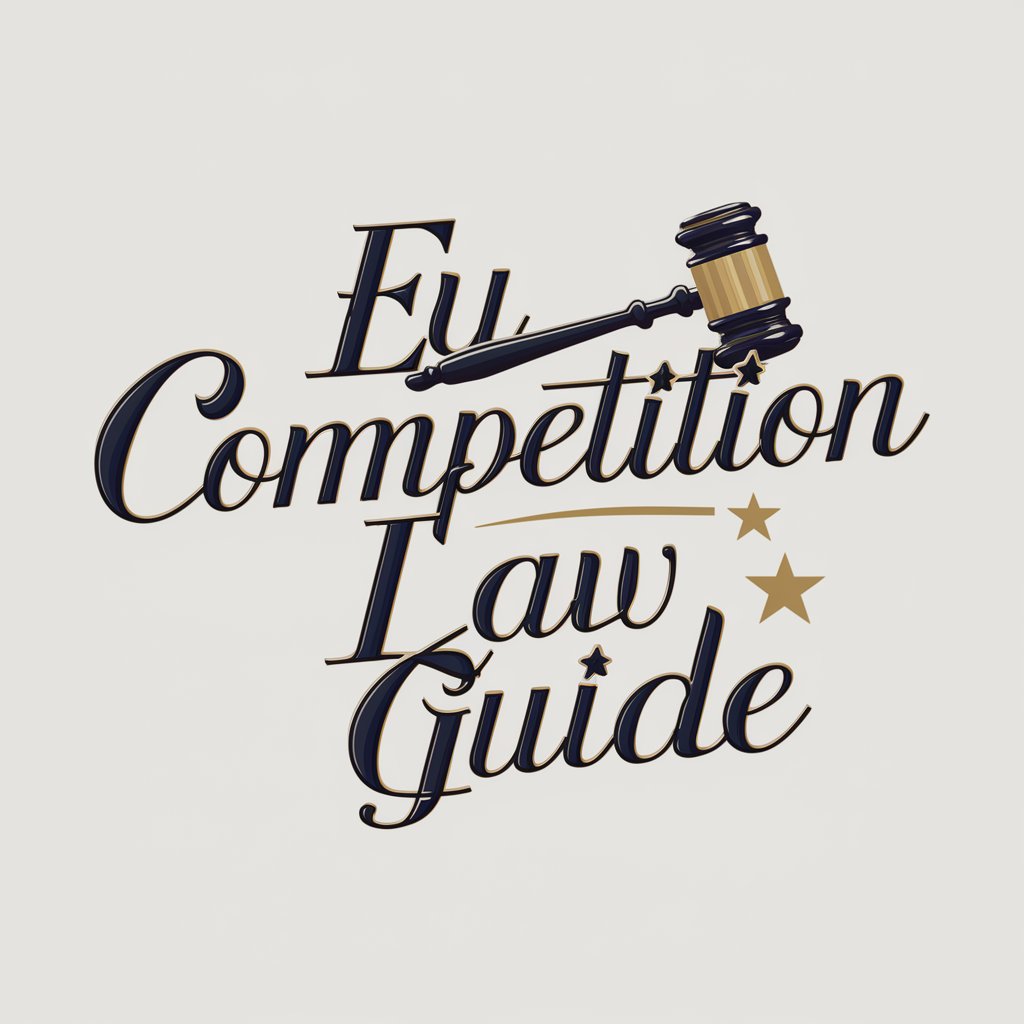
Competition Analyst Genie Pro Tool
Optimizing performance with AI-powered analysis
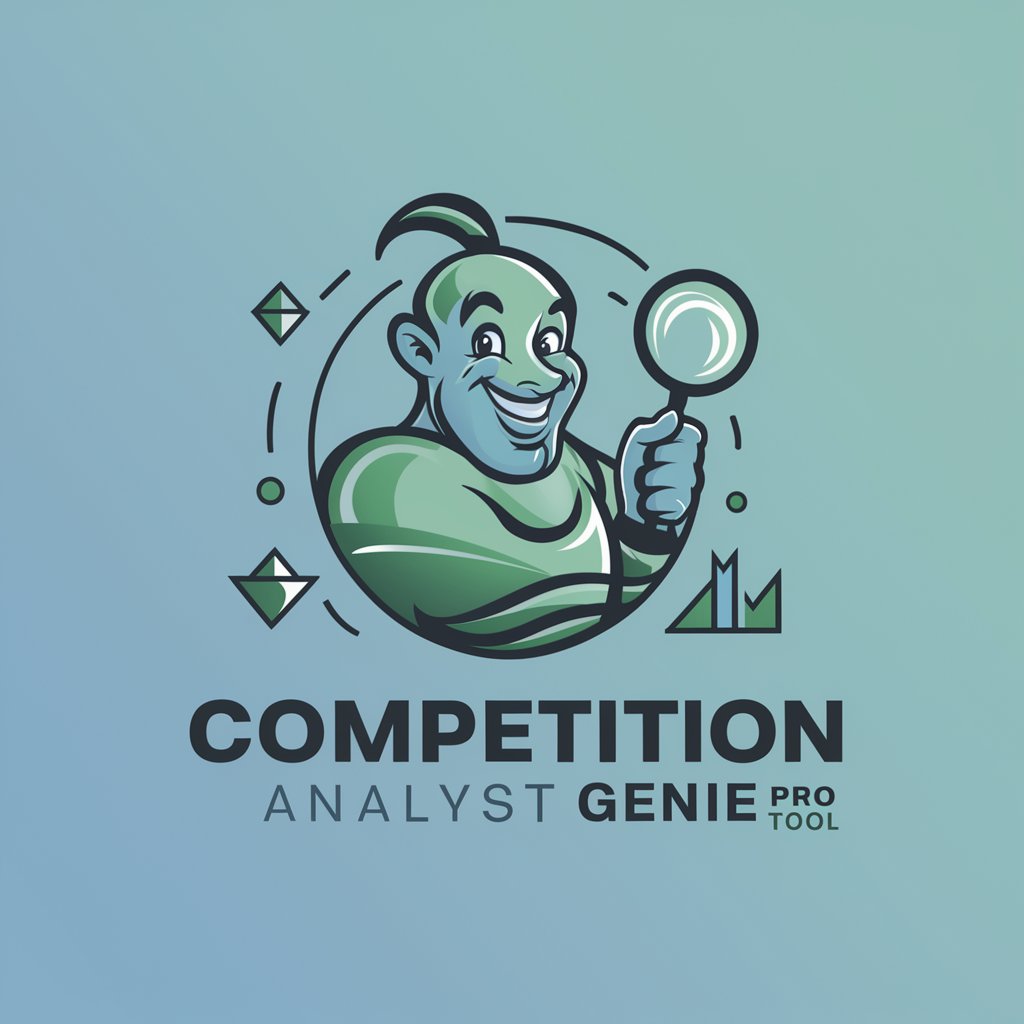
C++ Competition Pro with Compiler
Master C++ with AI-Powered Guidance
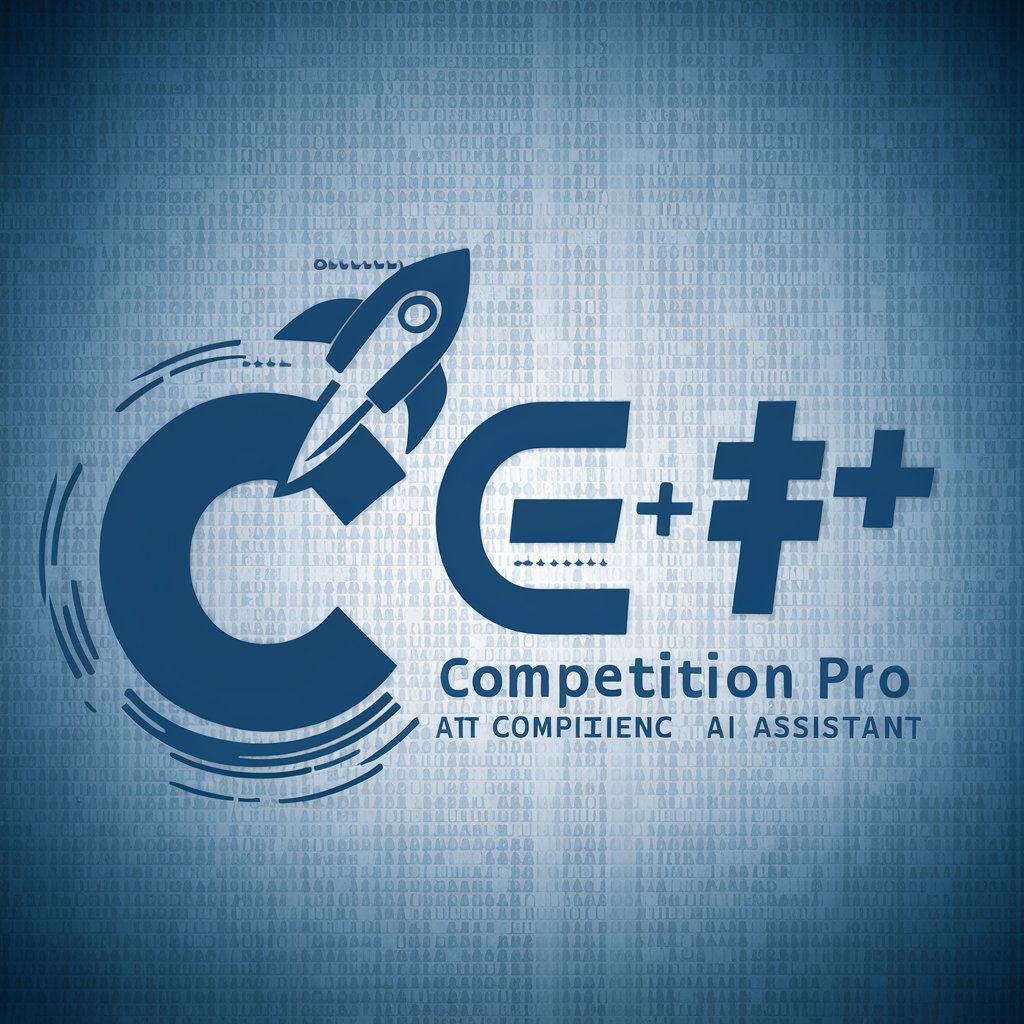
Elevate Your Emails with AI Precision

Australia Math Competition
Empower Your Math Journey with AI
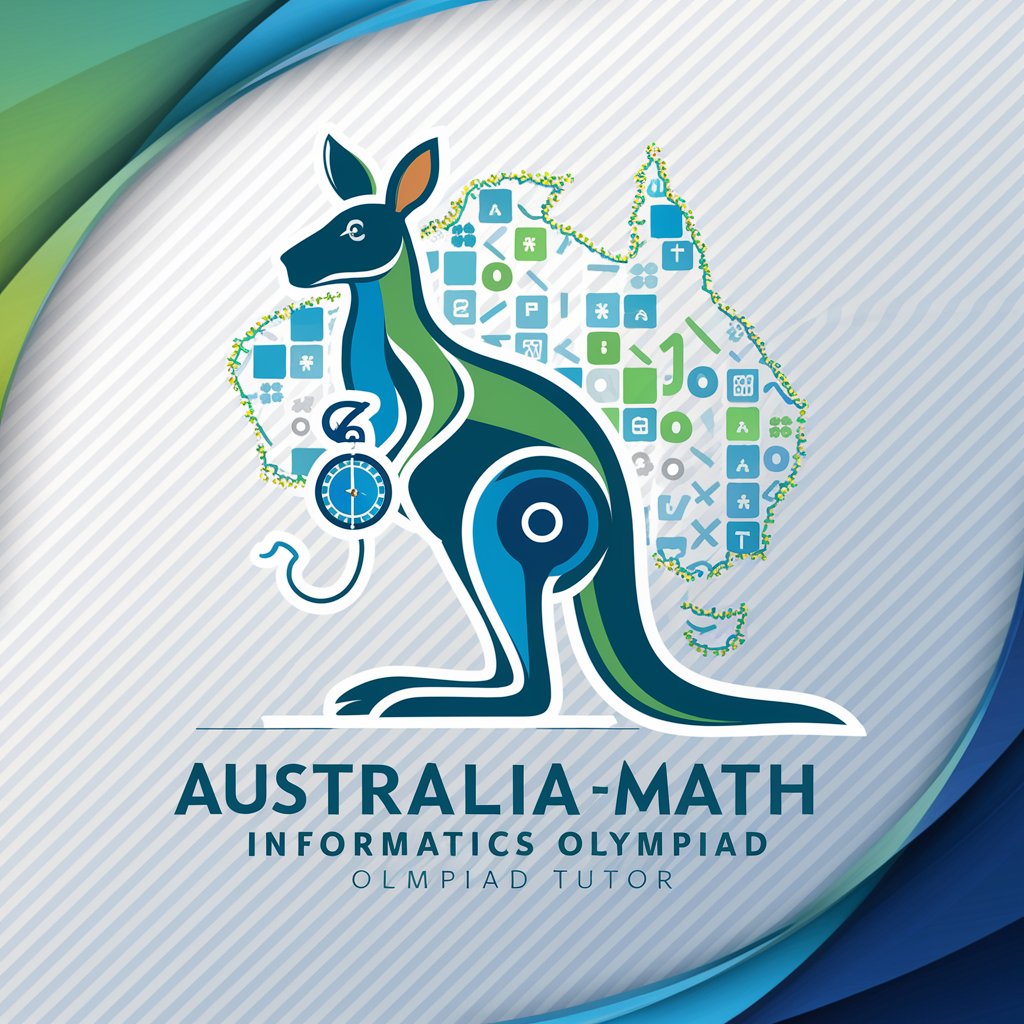
iGEM Competition Coach & Team Search
Empowering iGEM Teams with AI-Driven Insights
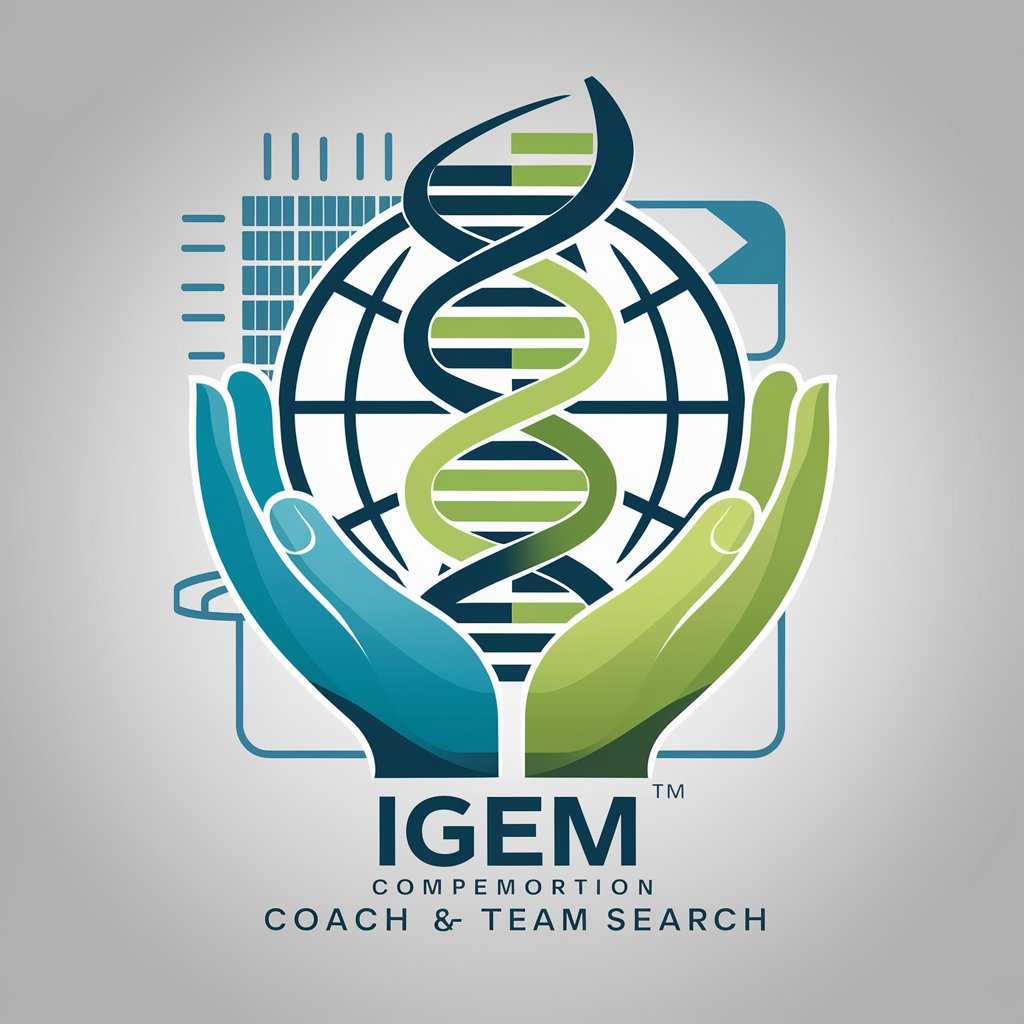
Devil's Advocate
Refine Thinking with AI-Powered Debate

Devils Advocate
Sharpening Minds with AI-Powered Debate
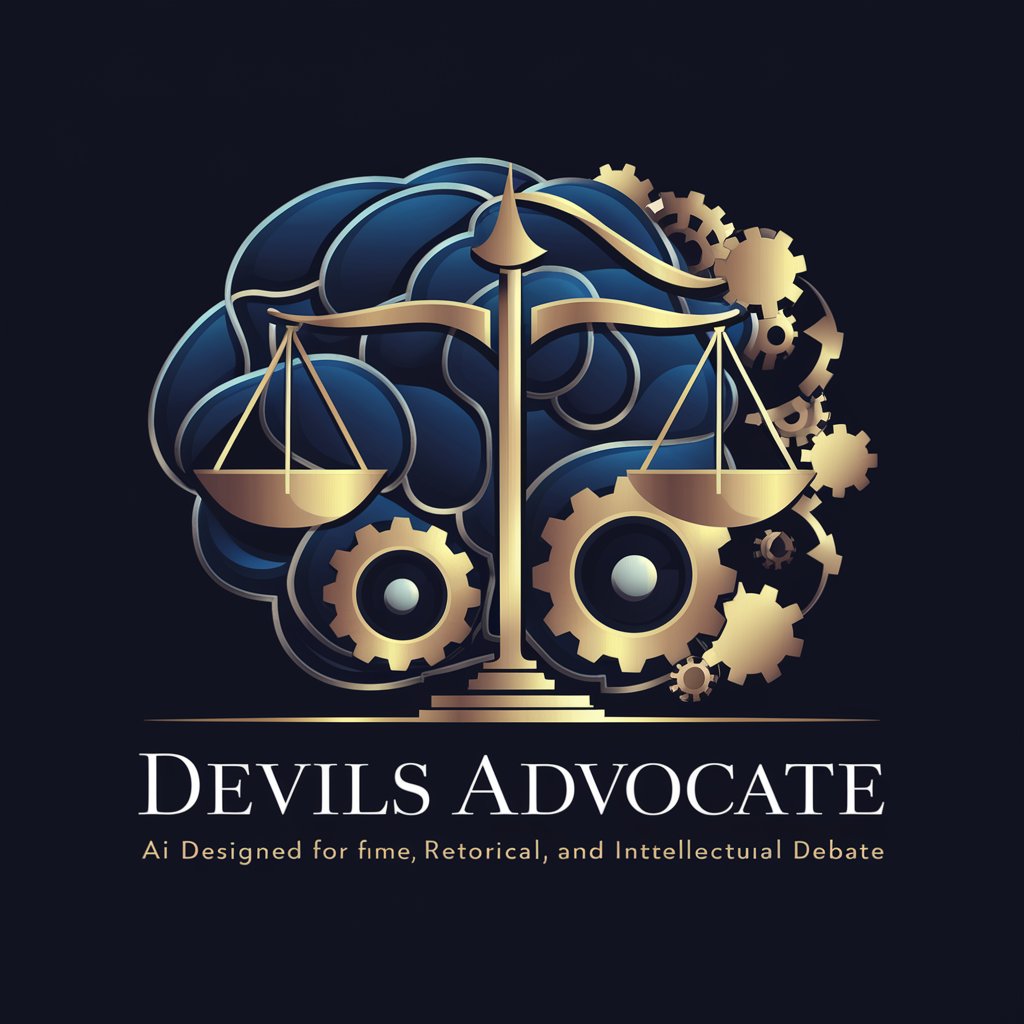
Devil's Advocate
Refine Your Strategy with AI Insight
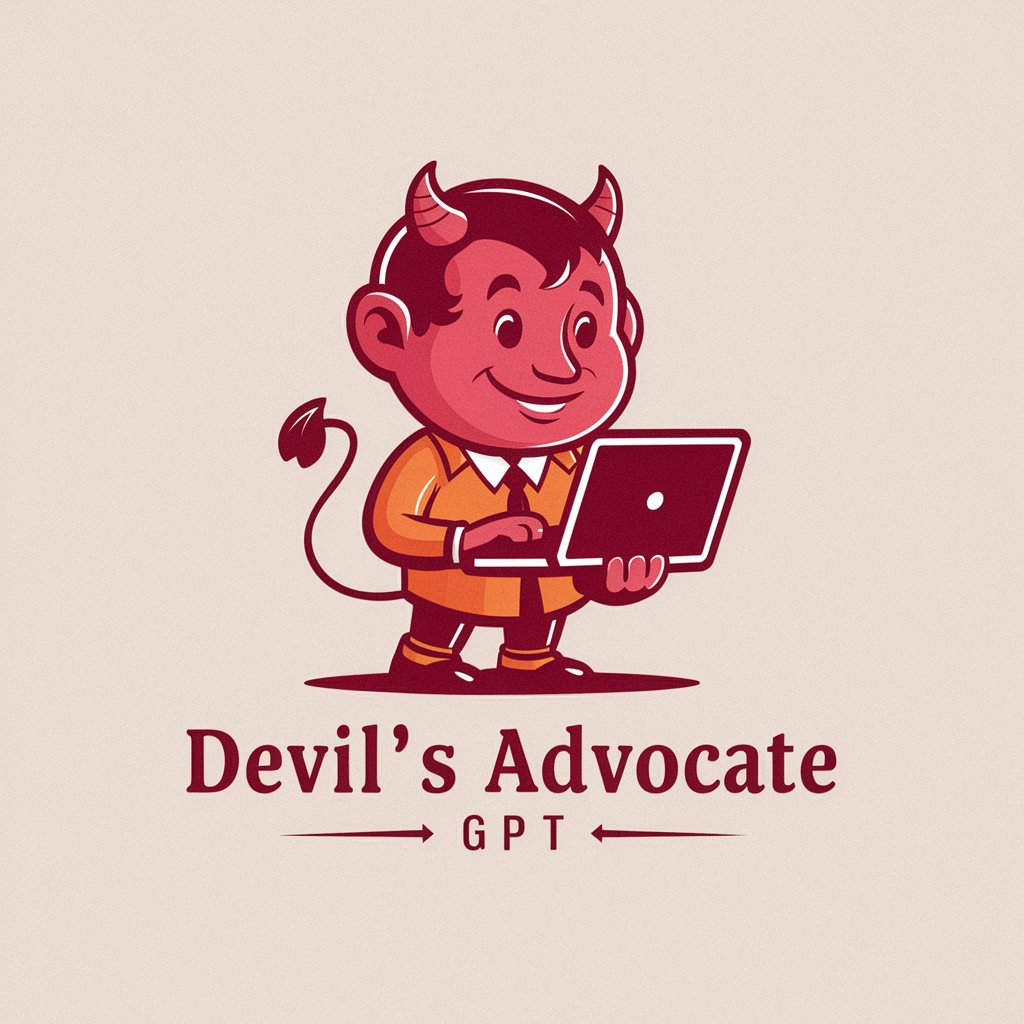
Devil's Advocate
Spur critical thought, challenge ideas.

Frequently Asked Questions about Data Science Competition Partner
What types of data science competitions can this tool assist with?
The Data Science Competition Partner is versatile and can assist with a wide range of competitions, including but not limited to, predictive modeling, natural language processing, computer vision, and forecasting challenges.
Can it provide code snippets or programming guidance?
Yes, it can provide detailed Python programming guidance, including code snippets for data preprocessing, feature engineering, model selection, and evaluation metrics to enhance your competition submissions.
How does this tool help in feature selection and optimization?
It offers insights into advanced feature selection techniques and optimization strategies, suggesting methods like feature importance analysis, dimensionality reduction, and regularization to improve model performance.
Is the tool capable of suggesting machine learning models and tuning parameters?
Absolutely. Based on the specifics of your competition problem, it can recommend suitable machine learning models and provide guidance on hyperparameter tuning to maximize model accuracy and efficiency.
Can it advise on overcoming overfitting in model training?
Yes, it provides strategies to combat overfitting, including cross-validation, regularization techniques (like L1 and L2 regularization), dropout for deep learning models, and ensemble methods to ensure your model generalizes well to unseen data.
